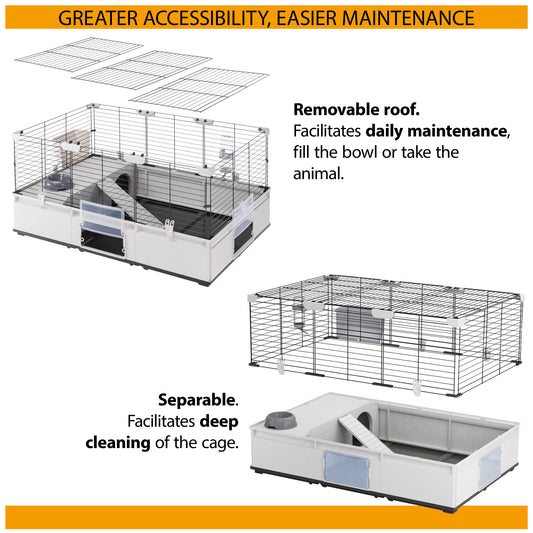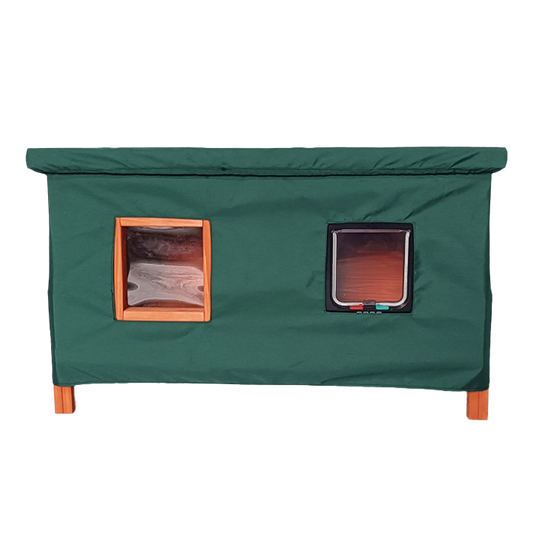As the long days of summer end, it’s back to darker walks for most of us. Exercise is important for dogs all year round and with daylight hours limited, you may not have a choice but to walk your dog in the dark. The risks of accident and injury are greatly increased during night walks so extra precautions need to be taken to keep everyone safe. Even though walking in the dark can be more challenging it doesn’t mean it can’t be safe and fun.
Be Safe, Be Seen
Probably the most important thing to do when out in the dark is to increase your visibility to road users – this means both you and your dog. Avoid dark coloured clothing which can make you invisible to passing traffic and pop on a hi-viz jacket, hat, vest or reflective armbands. Hi-viz clothing is essential for road walking but it is a good idea for any early or late walks.
To increase your dog’s visibility, look for harnesses and leads that are reflective and/or light up, as well as hi-viz coats. There are lots of options available from collars with built-in blinking lights to light-weight LEDs and reflective clips that can snap on to your pet’s collar or harness.
Light Your Way
Ground-level obstacles and hazards – such as tree roots and broken glass – will not be as easy to spot in the dark so you will need to be extra careful about where you step. In addition to light-up accessories it is a good idea to carry a torch so that you can light your way. Many seasoned night-time dog walkers favour using a head torch so that they can keep a hand free. This also helps when picking up after your dog, which as a responsible dog owner you still need to do in the dark.
Stick to What You Know
Don’t try out a new route when it’s dark as you are more likely to get lost. Even familiar surroundings can look different in the dark and you can become easily disorientated.
Choose well-lit areas that are easy to navigate and make sure someone always knows where you are. If possible, try not to walk alone.
Take the Lead
Never let your dog off lead in the dark, even if they normally have an impeccable recall. The dark presents an extra obstacle and dogs could find themselves in difficulty if they fall into a hole or become entangled in undergrowth. If your dog were to go missing in the dark it would be really difficult to find them. It’s impossible to adequately supervise your dog in the dark so don’t take any chances.
Dogs can see better in the dark than humans so be aware that your dog could spot something that you can’t – like nocturnal wildlife! If you have a dog with a high prey drive, you will need to keep a close eye on what’s going on around you.
Stay Alert
While it is a good idea to take a mobile phone with you on a dark walk in case of emergencies, do not become distracted by it. If you are walking along looking at a screen you are not fully aware of your surroundings and could miss potential dangers. It is also not a good idea to walk with headphones on as you will not be able to hear approaching traffic.
Importance of Training
A dog who is used to walking well on a lead will be safer to take out in the dark so make sure that your pet knows good lead behaviour. A dog that pulls or has a tendency to lunge across you after an interesting smell or to greet another walker is not going to be safe. Brush up on your lead work during the day to make walking in the dark less dangerous.
Not All Dogs Like the Dark
Some dogs might not like walking in the dark, especially if they are of a nervous disposition or they are older and their senses have become less sharp with age. If your dog seems to not be enjoying night walks or is showing signs of stress – such as shaking, lip-licking or cowering – walk them before it gets dark instead. If it is not possible to go out in daylight, your dog might prefer games in the garden or more mental stimulation at home on the darker days. If your dog is unhappy about going out in the dark, don’t insist on it. Walks should be fun not something to fear.
If you enjoyed this article, you may be interested in:









